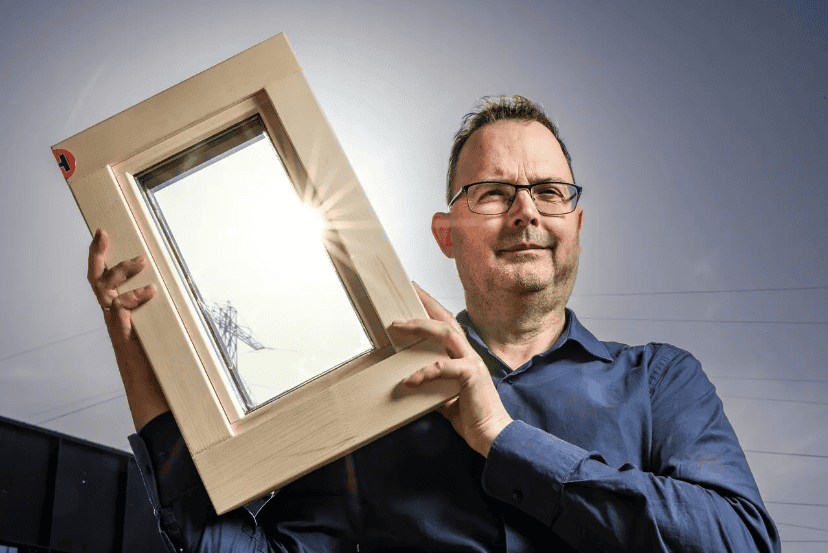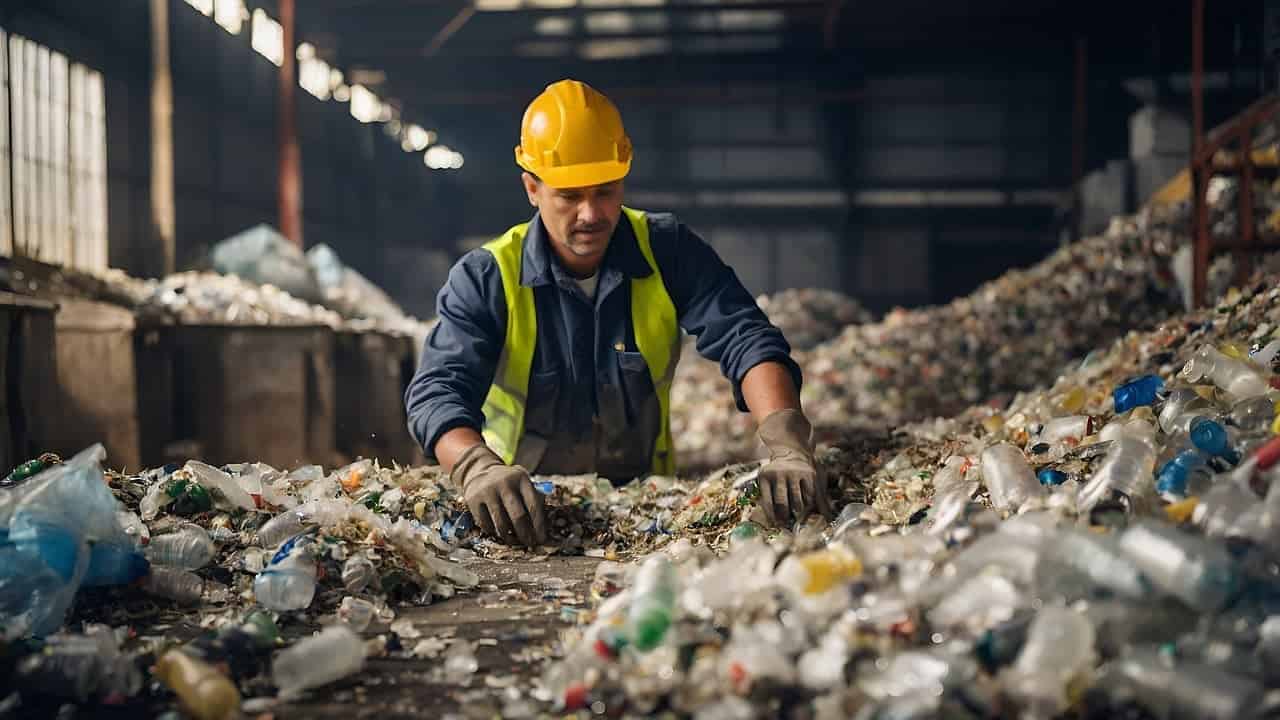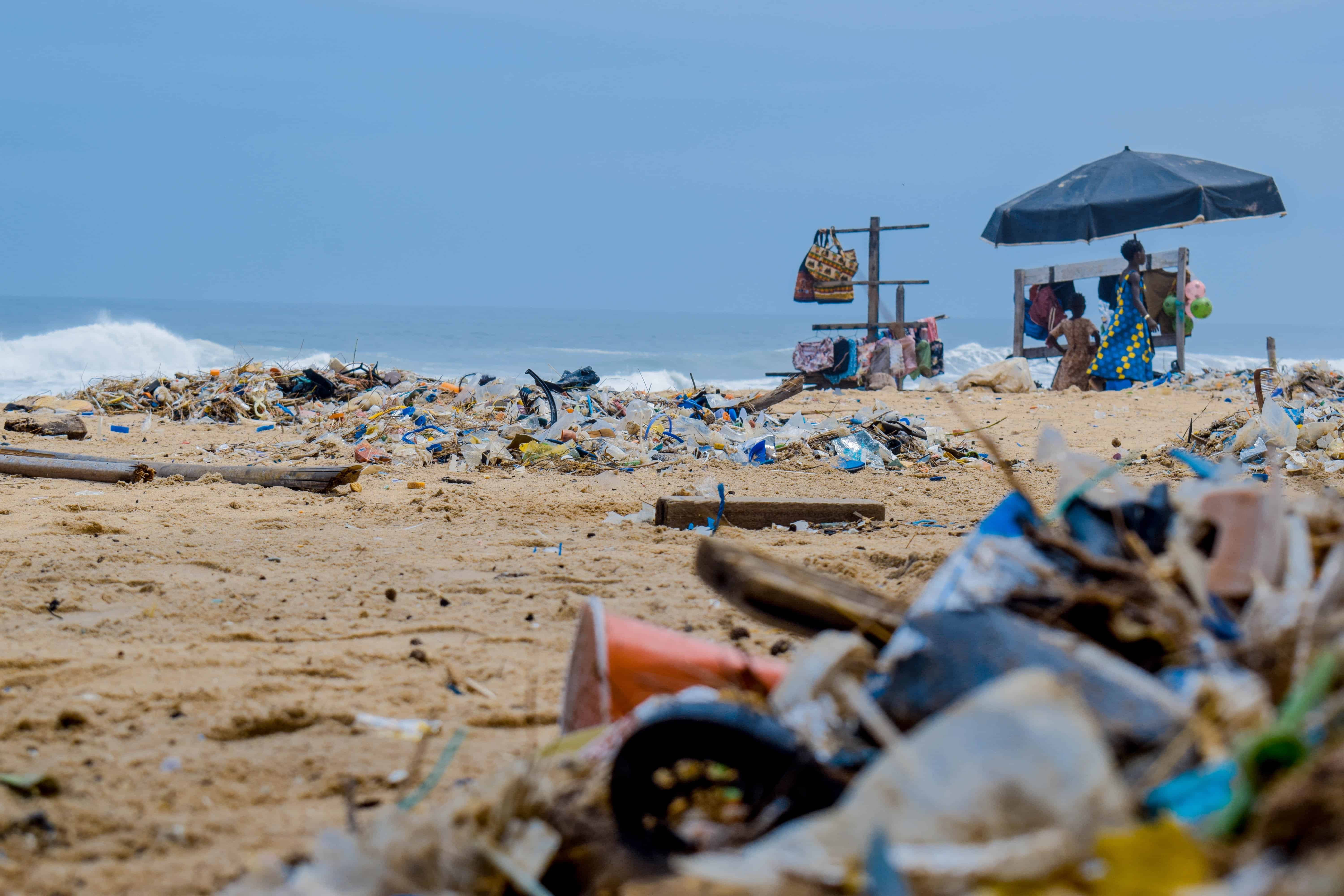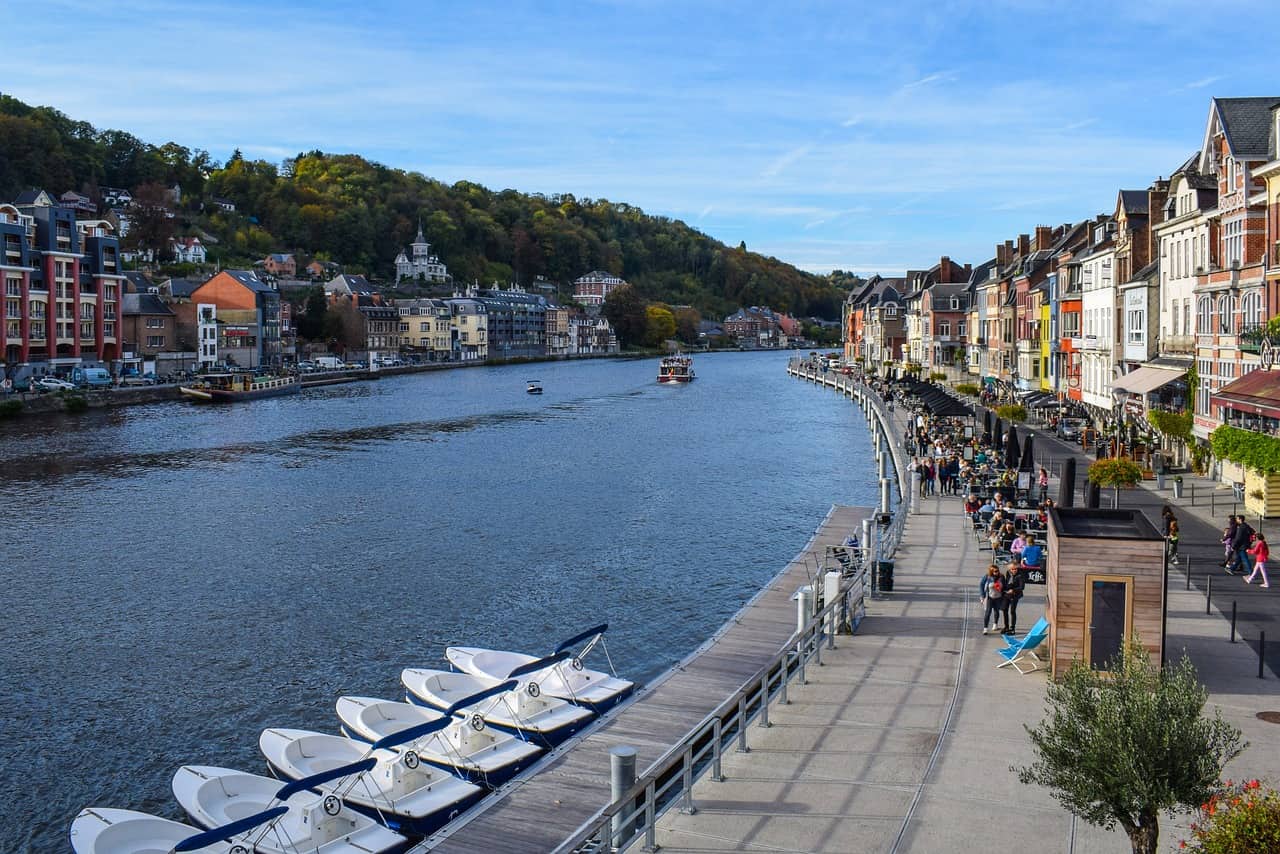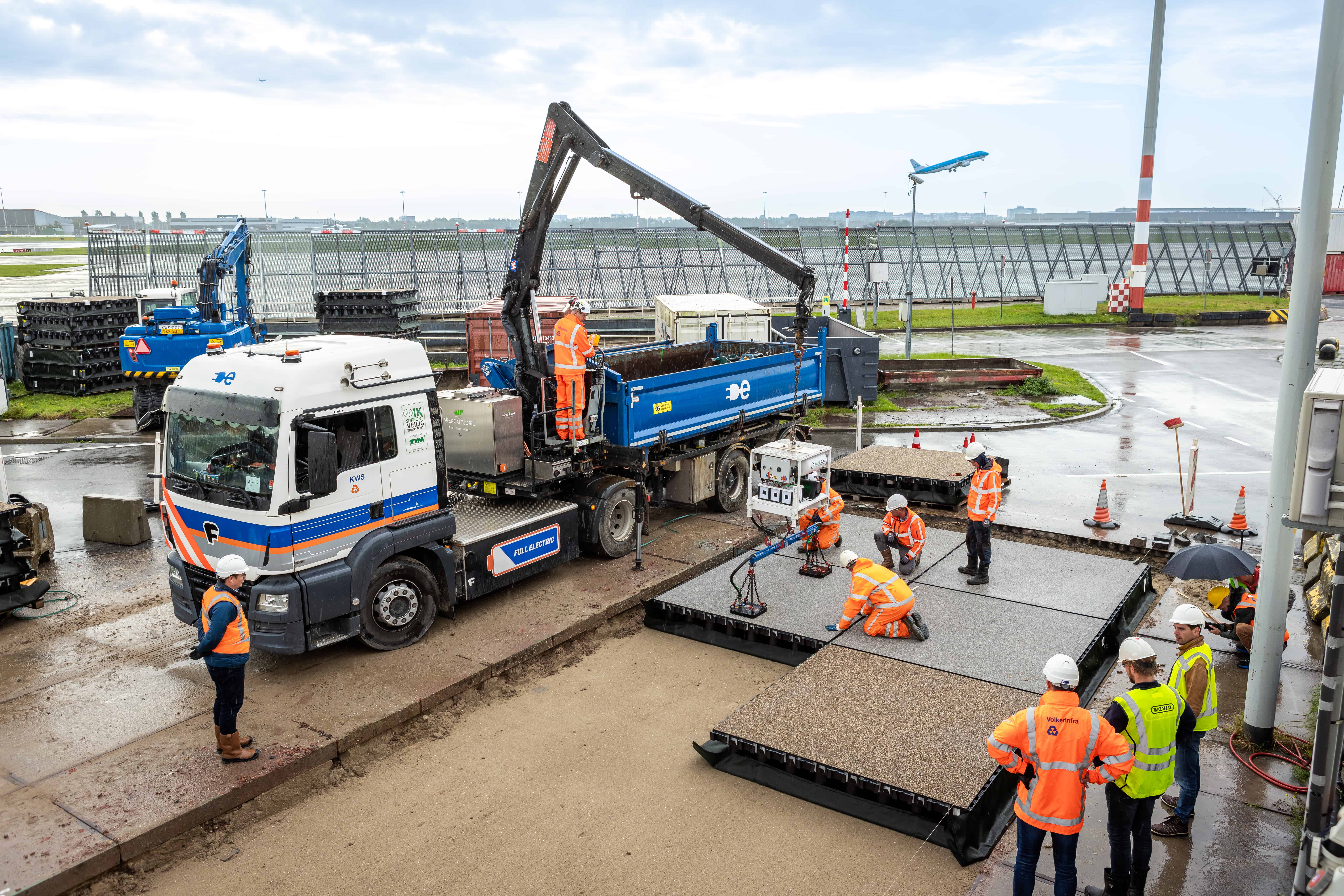
Schiphol now has a section of road and several parking bays made from recycled plastic. The locations are part of a pilot to see if this system will be a good alternative to standard asphalt and concrete roads in the future as well improving water drainaige and buffering. If that is the case, this technology will help contribute to a more sustainable airport infrastructure, writes Schiphol in a press release.
Schiphol, PlasticRoad, PreZero and VolkerWessels Infra Schiphol collaborated to construct the road and parking bays – located close to the Kaagbaan Tunnel – using waste plastic from the airport. At the end of the year, another section of plastic road surface will be laid next to one of the runways. The pilot will last one year. During this period, how the plastic road surface copes with intensive use at the airport will be assessed. Just like we do with our standard roads, we will measure wear and tear, how much maintenance is needed and the general quality of the road surface.
PlasticRoad’s specially designed road surface gives the same driving performance as asphalt. The plastic road surface is a circular innovation that collects rainwater, purifies it and then releases it gradually into the ground. This means an improved water balance, a water buffer when there’s heavy precipitation and better groundwater levels. The first stretch of road constructed consists of 2,571 kilos of recycled plastic and the design ensures that 43,200 litres of water can be stored in this part of the road.

New lease of life for waste
In addition to giving plastic waste a new lease of life, this road surface is easier to maintain, is longer lasting and its production and construction produces fewer emissions than traditional road surfaces. There is a layer of crushed stone on top of the road surface in order to prevent the plastic road elements from being worn out and to ensure that the road doesn’t become too slippery when it rains.
The elements are expected to last around 30 years. After that, they can be processed for reuse or, if that isn’t possible, used as raw material to make new elements.

Selected for you!
Innovation Origins is the European platform for innovation news. In addition to the many reports from our own editors in 15 European countries, we select the most important press releases from reliable sources. This way you can stay up to date on what is happening in the world of innovation. Are you or do you know an organization that should not be missing from our list of selected sources? Then report to our editorial team.


